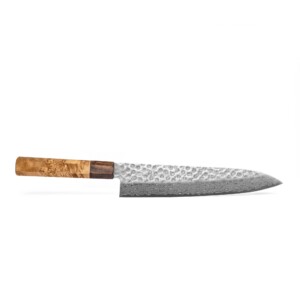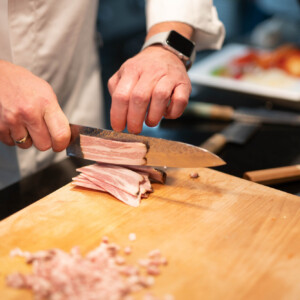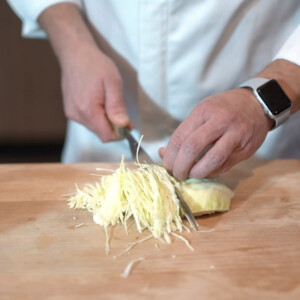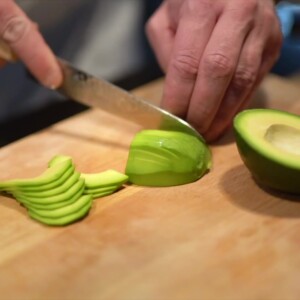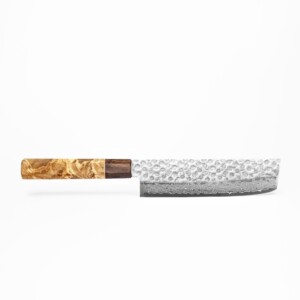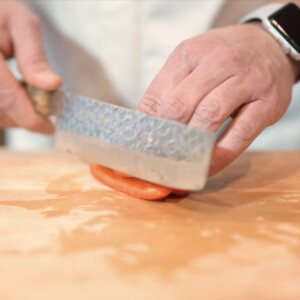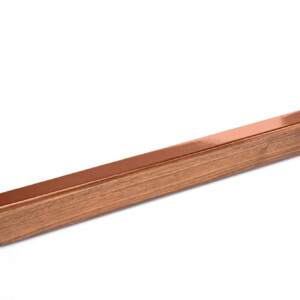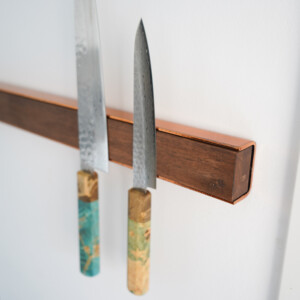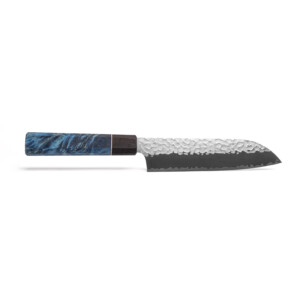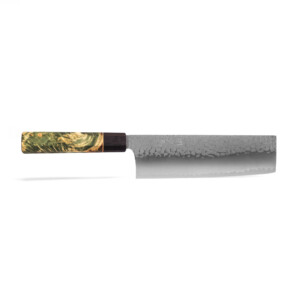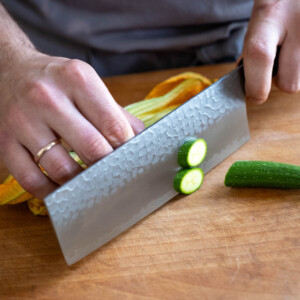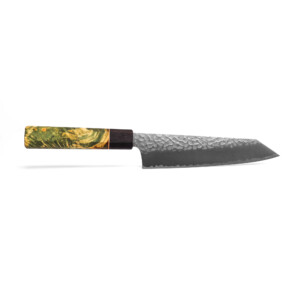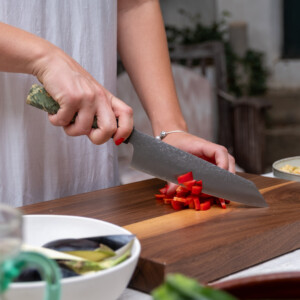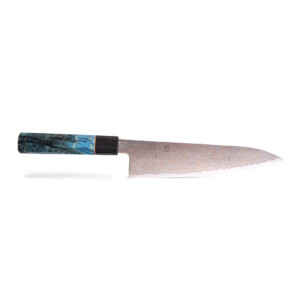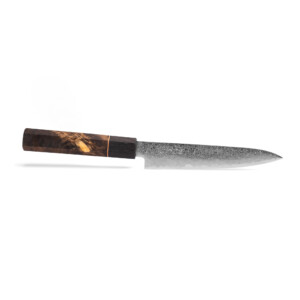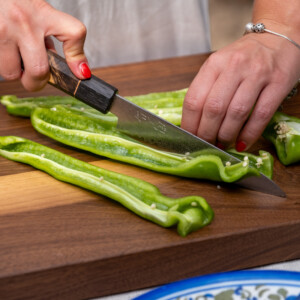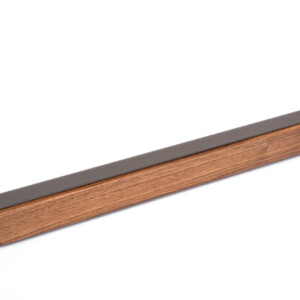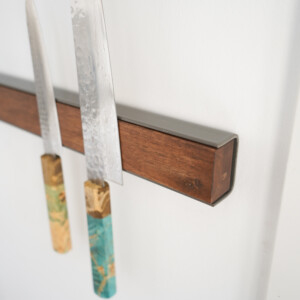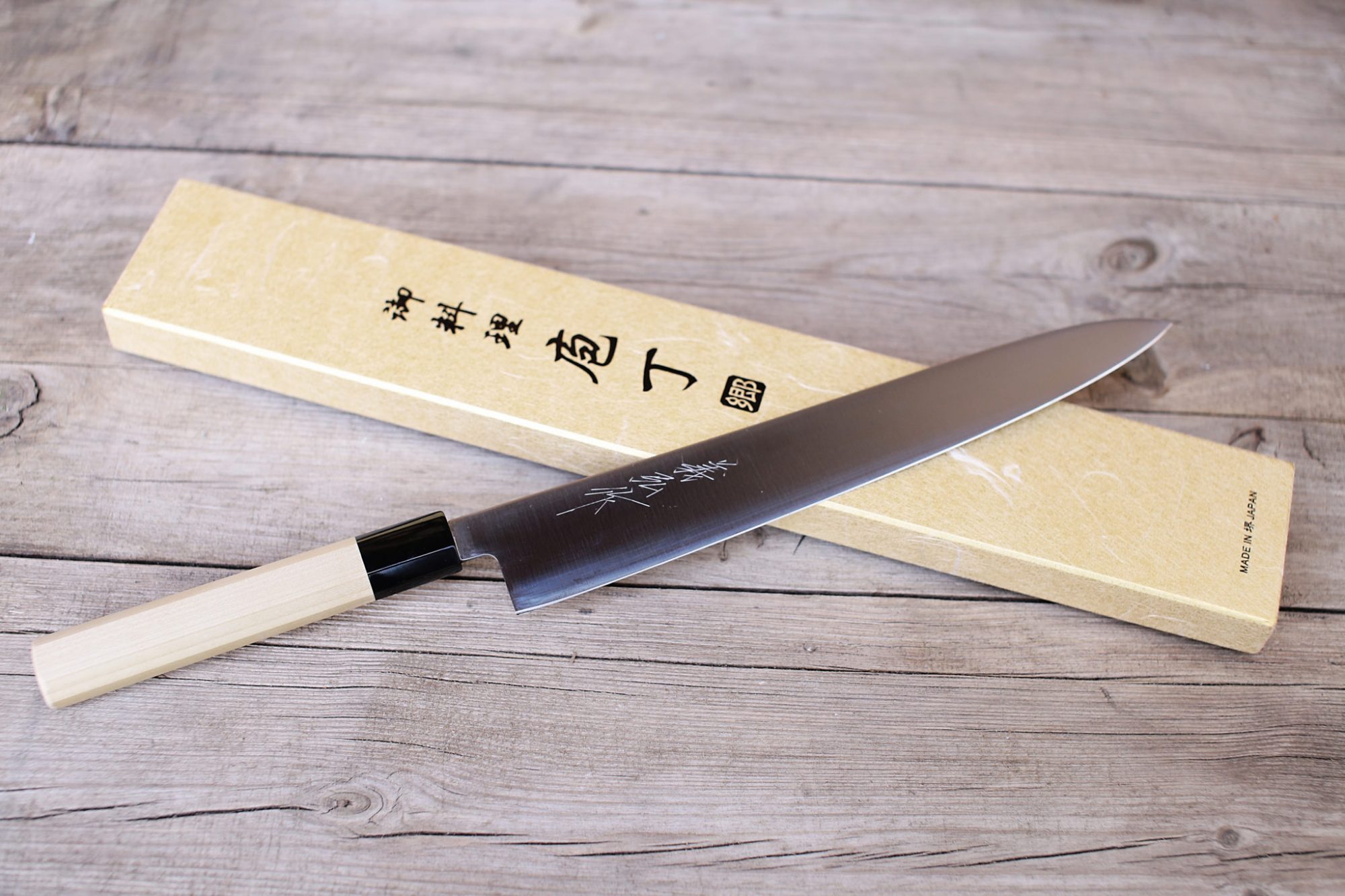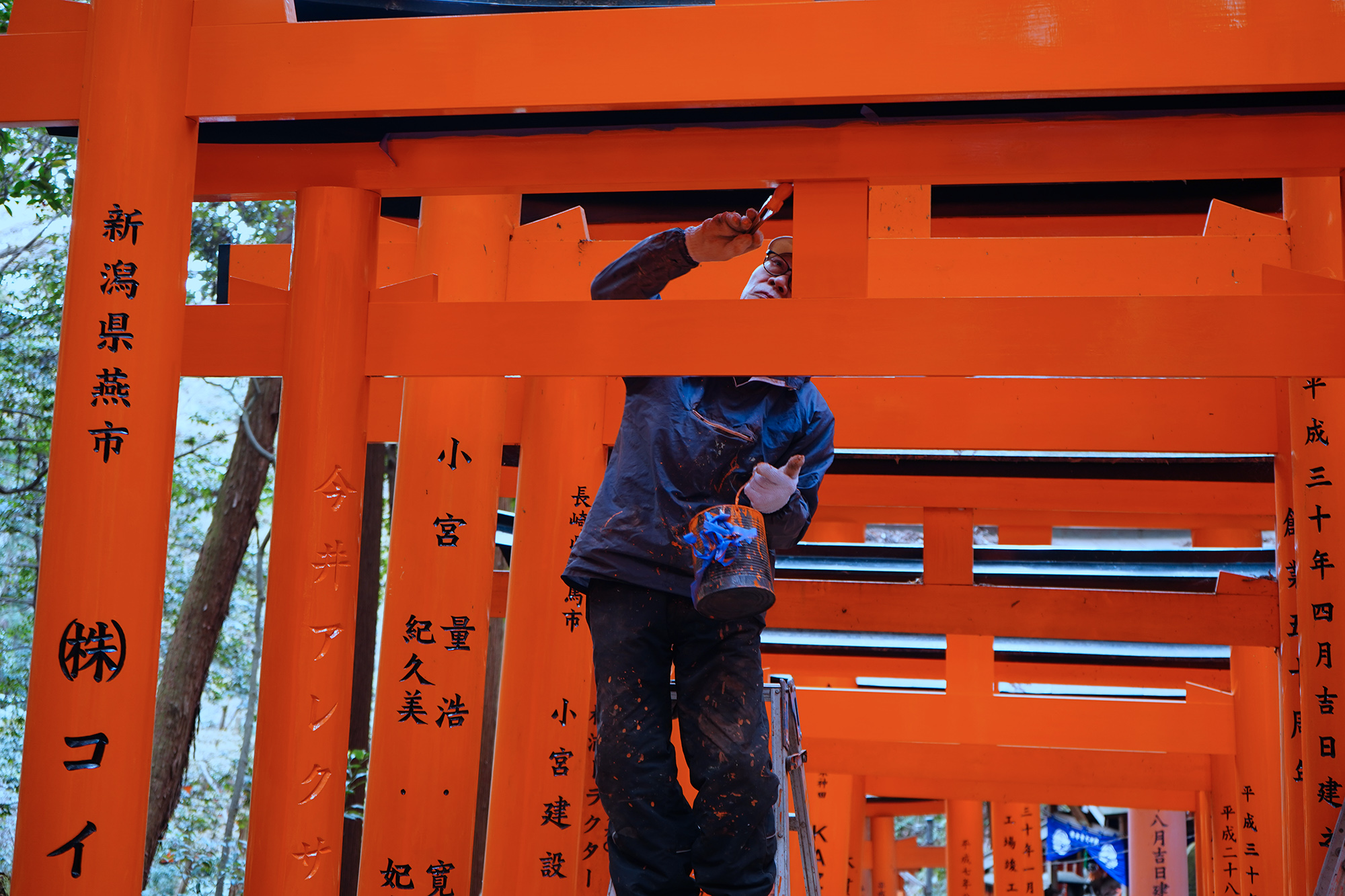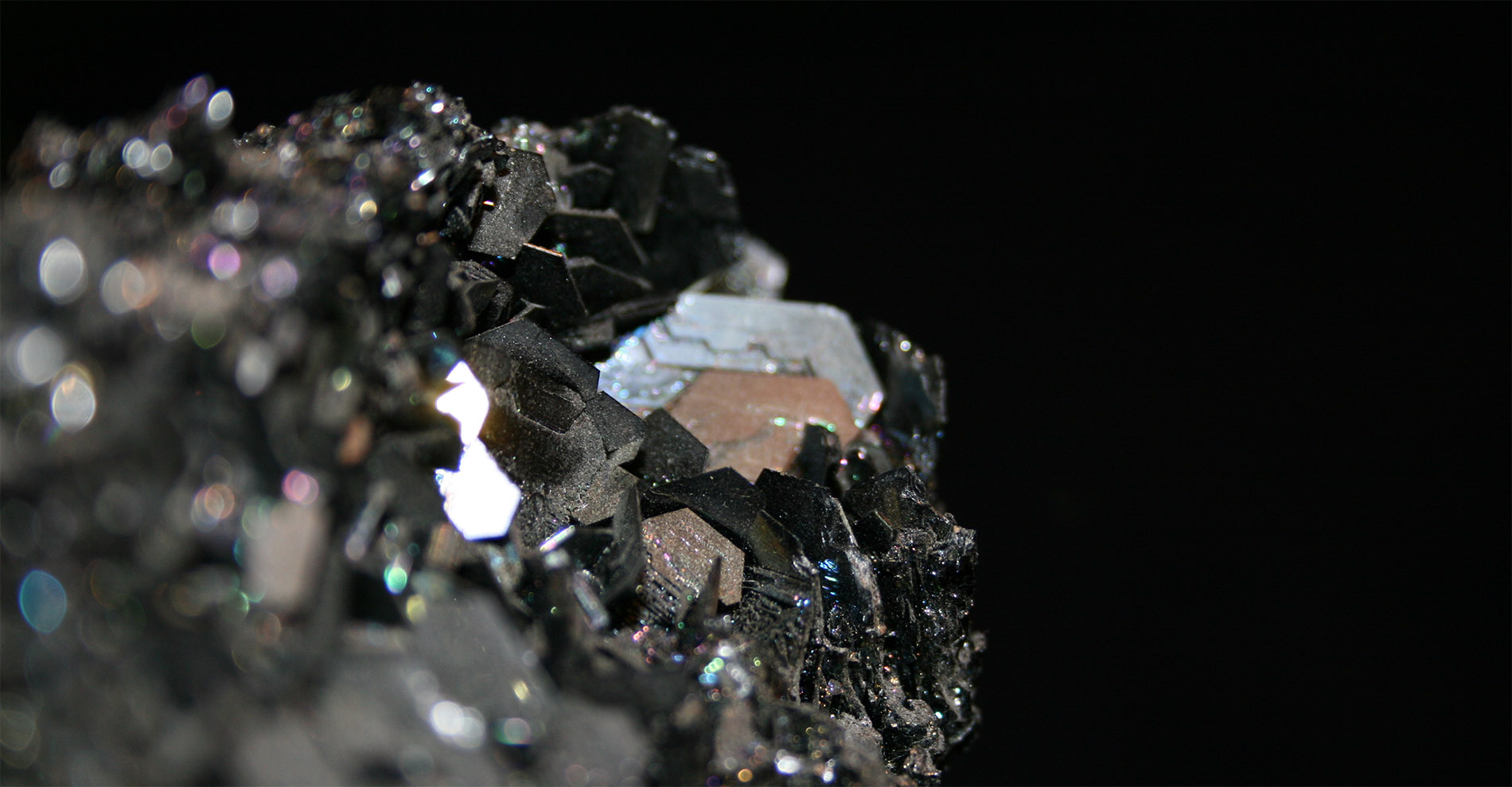No more words than needed – today we’re presenting you a quick cheat sheet to steel qualities of kitchen (and not only) knives and a chart showing steel’s relation between hardness, price, durability and a grade. Enjoy!
Quick Cheat Sheet
| Symbol | Features / Applications |
|---|---|
| Shirogami 1 | Carbon steel with minimum impurities. Highest hardness / Highest quality tipped tool, Plane, Chisel, Razor |
| Shirogami 2 | Carbon steel with minimum impurities. High hardness / High quality tipped tool, Chisel, Razor, Sickle, Ax, Graver |
| Shirogami 3 | Carbon steel with minimum impurities. Middle hardness / Chisel, Sickle, Ax, Plane, Graver, Kitchen knife, Saw |
| Shirogami Nokozai | Carbon steel with minimum impurities. / Highest quality Saw, Chisel |
| Kigami 2 | Carbon steel with minimum impurities. High hardness / High quality tipped tool, Chisel, Razor, Sickle, Ax, Graver |
| Aogami 1 | Alloy steel with W and Cr, to improve heat-treatment properties and wear resistance. / Highest quality Plane, other tipped tool, Razor, Kitchen knife |
| Aogami 2 | Alloy steel with W and Cr, to improve heat-treatment properties and wear resistance. / High quality Plane, other tipped tool, Kitchen knife, Sickle |
| Aogami Super | Alloy steel with W, Cr, V, to improve heat-treatment properties and wear resistance. / High quality Plane, other tipped tool, Kitchen knife, Sickle |
| KK | Alloy steel with Cr, to improve heat-treatment properties and wear resistance. / Various Highest quality Kitchen knife, Razor blade |
| GIN 1 | High Cr stainless steel with Mo, to improve corrosion resistance. / Various Kitchen knife, Scissors |
| GIN 3 | Stainless steel which has hardness and sharpness comparable to carbon steel. / Various Kitchen knife, Scissors |
| GIN 5 | Stainless steel for the razor blade replacement. / Various Kitchen knife, Saw, Razor blade |
| ATS 34 | Popular Stainless blade steel. / Custom knife, High quality cutlery tool |
| ZDP 189 | Stainless blade steel made by powder metallurgy process. / Custom knife, High quality cutlery tool |
Carbon Steel
General features of carbon steel make it perfect for Japanese blacksmiths as this steel is often used for Traditional Japanese knives. The only downside is that it’s not rustproof so a higher maintenance skills are needed.
The Japanese company Hitachi Metals makes special cutting steels which represent the highest global standard and are used for almost all the knives we offer. These Yasugi Special Steels , named after their place of origin, are produced from iron sand, the same material that was used to make the legendary Samurai swords. They have a highly pure structure and thus offer the best achievable sharpness for cutting.
Carbon Steel Types
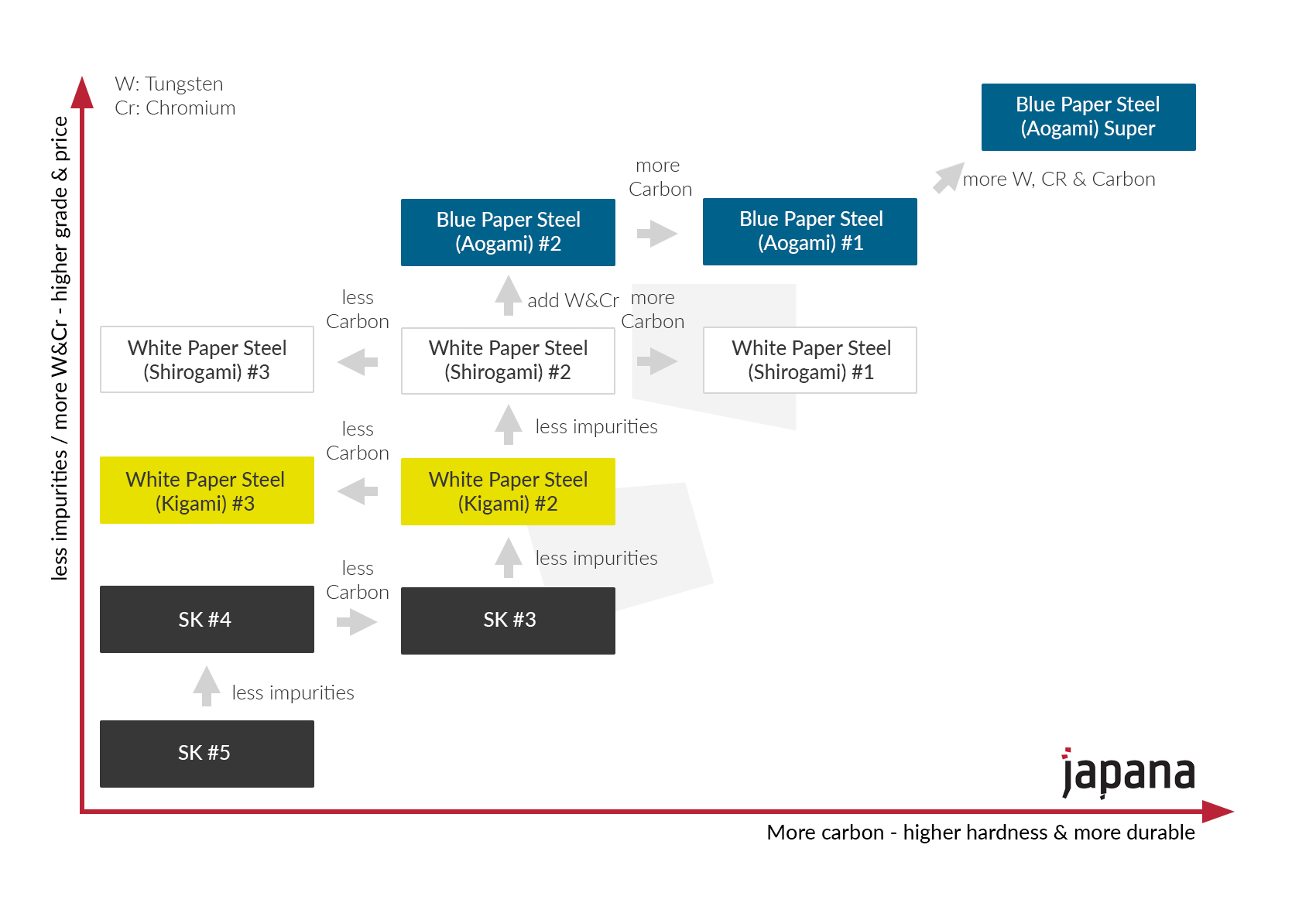
High carbon steel is specifically developed for tools and knives. This one has highest wear resistance and lowest toughness. Very good steel and a very popular choice for high end Japanese kitchen knives. A lot of Japanese custom makers use it. Easy to sharpen, even high hardness. Edge holding is just outstanding. Original Japanese knives made from these materials are treated with non-corrosive, food-safe oils (e.g. camellia oil) to prevent oxidation.
White Paper Steel (Shirogami)
Identical to Blue Paper Steel (Aogami) , except for the absence of Cr and W. It’s very pure carbon steel. Very popular knife steel for high end Japanese cutlery and especially with Honyaki type blades.
Very good edge holding, very high working hardness. This means you can grind it to exceptional sharpness, which retains it for a long time. These blades are particularly suitable for the gentle preparation of foods – but they are prone to oxidation, which means your knife will rust if not taken care of (Check our guide on 3 main maintenance sins).
Yellow Paper Steel (Kigami)
Better steel compared to SK series, but worse than both, Aogami and Shirogami. Used in high end tools and low/mid class kitchen knives.
Japanese Steel (Nihonko, Hagane, Virgin Carbon Steel)
Important steel that has been used to produce knives in Japan since ancient times, providing better sharpness than common stainless steel. The Japanese steel is a premium grade of steel that boasts extremely high carbon content. It is manufactured in limited quantities in Japan. The steel is harder than German steel and has a greater sharpening potential. It also maintains an edge longer than other lower-carbon steel formulae. These features make Japanese steel the ideal material for manufacturing high performance cutlery.
Stainless Steel
Stainless steel is an alloy of iron, approximately 10~15% chromium, possibly nickel, and molybdenum, with only a small amount of carbon. Good Stainless steel blade kitchen knives make good rust resistance, easy maintenance, good sharpness, edge retention and ease of re-sharpening. Therefore, they have become more and more popular among beginning users to professional users in this generation.
High Carbon Stainless Steel normally refers to a higher-grade, stainless steel alloys with a certain amount of carbon, and is intended to combine the best attributes of carbon steel and ordinary stainless steel. The high carbon stainless steel blades do not discolour or stain, and maintain a sharp edge for a reasonable time.
Most “high-carbon” stainless blades are made of higher-quality alloys than less-expensive stainless knives, often including amounts of molybdenum, vanadium, cobalt, and other components intended to increase strength, edge-holding, and cutting ability. Almost all of our Stainless steels blades are made of High Carbon Stainless steels.
Stainless Steel Types
SG-2 (Super Gold No.2)
This is more common and popular powdered High Speed Tool Steel for knife blades. You can taste speechless cutting performance, great edge retention and easy maintenance (resistance for the rust). Made by Takefu steel company. Achieves very high hardness. Some high-class knives are made of this SG-2, Elite line of Shun and Yaxell GOU series.
VG-10
One of most popular and high ranked Japanese Stainless Steel for sharpness, edge retention and durability. Cobalt added Special high Carbon Stainless Steel, often be called as “Cobalt Steel”. Many of makers use VG-10 for the Damascus blade too.
VG-1
This is good basic and common Japanese Stainless steel which makes high hardness, edge retention, strength and rust resistance. Both VG-1 and VG-10 are produced from Takefu Steel Company.
Gingami No.3(Gin-san)
Fine Japanese Steel Company Hitachi’s special stainless steel which makes similar sharpness, edge retention as Carbon Steel. Gingami No.3 often be used for Japanese Traditional Style knives.
Sweden Stainless Steel
The Pure Stainless Steel material from Sweden. We heard several makers use Sweden Stainless Steels for the stable quality control. Selected Sweden Stainless steel material are easier for making process, heat-treating process, and it will help for making stable good quality control.
Molybdenum Vanadium Stainless Steel
One of common and good standard, stainless steel for the knife blades. We often recommend Molybdenum Steel Kitchen knives for hobby cooks and first-time buyers of Japanese knives because of its characteristics: ease of re-sharpening, good durability and rust resistance, and reasonable price range.
Elements of Steel
To put it simple: steel is iron with carbon in it. Other alloys are added to make the steel perform differently. Here are the important steel alloys in alphabetical order, and some sample steels that contain those alloys:
Carbon (C)
Increases edge retention and raises tensile strength. Increases hardness. Present in all steels, it is the most important hardening element. Also increases the strength of the steel but, added in isolation, decreases toughness. We usually want knife-grade steel to have >.5% carbon, which makes it “high-carbon” steel.
Cobalt (Co)
Increases strength and hardness, and permits quenching in higher temperatures. Intensifies the individual effects of other elements in more complex steels.
Chromium (Cr)
Increases hardness, tensile strength and toughness. Provides resistance to wear and corrosion. Added for wear resistance, harden-ability, and (most importantly) for corrosion resistance. A steel with at least 13% chromium is typically deemed “stainless” steel, though another definition says the steel must have at least 11.5% free chromium (as opposed to being tied up in carbides) to be considered “stainless”. Despite the name, all steel can rust if not maintained properly.
Molybdenum (Mo)
Increases strength, hardness, harden ability, and toughness.Improves machinability and resistance to corrosion. A carbide former, prevents brittleness & maintains the steel’s strength at high temperatures. Present in many steels, and air-hardening steels (e.g., A2, ATS-34) always have 1% or more molybdenum — molybdenum is what gives those steels the ability to harden in air.
Nickel (Ni)
Adds toughness. Present in L-6 and AUS-6 and AUS-8. Nickel is widely believed to play a role in corrosion resistance as well, but this is probably incorrect.
Tungsten (W)
Adds strength, toughness, and improves hardneability. A carbide former, it increases wear resistance. When combined properly with chromium or molybdenum, tungsten will make the steel to be a high-speed steel. The high-speed steel M2 has a high amount of tungsten. The strongest carbide former behind vanadium.
Vanadium (V)
Increases strength, wear resistance, and increases toughness. Contributes to wear resistance and hardness, and as a carbide former (in fact, vanadium carbides are the hardest carbides) it contribute to wear resistance. It also refines the grain of the steel, which contributes to toughness and allows the blade to take a very sharp edge.
For more complex chart on steel composition elements, check our other article. Enjoy and happy knife hunting!
